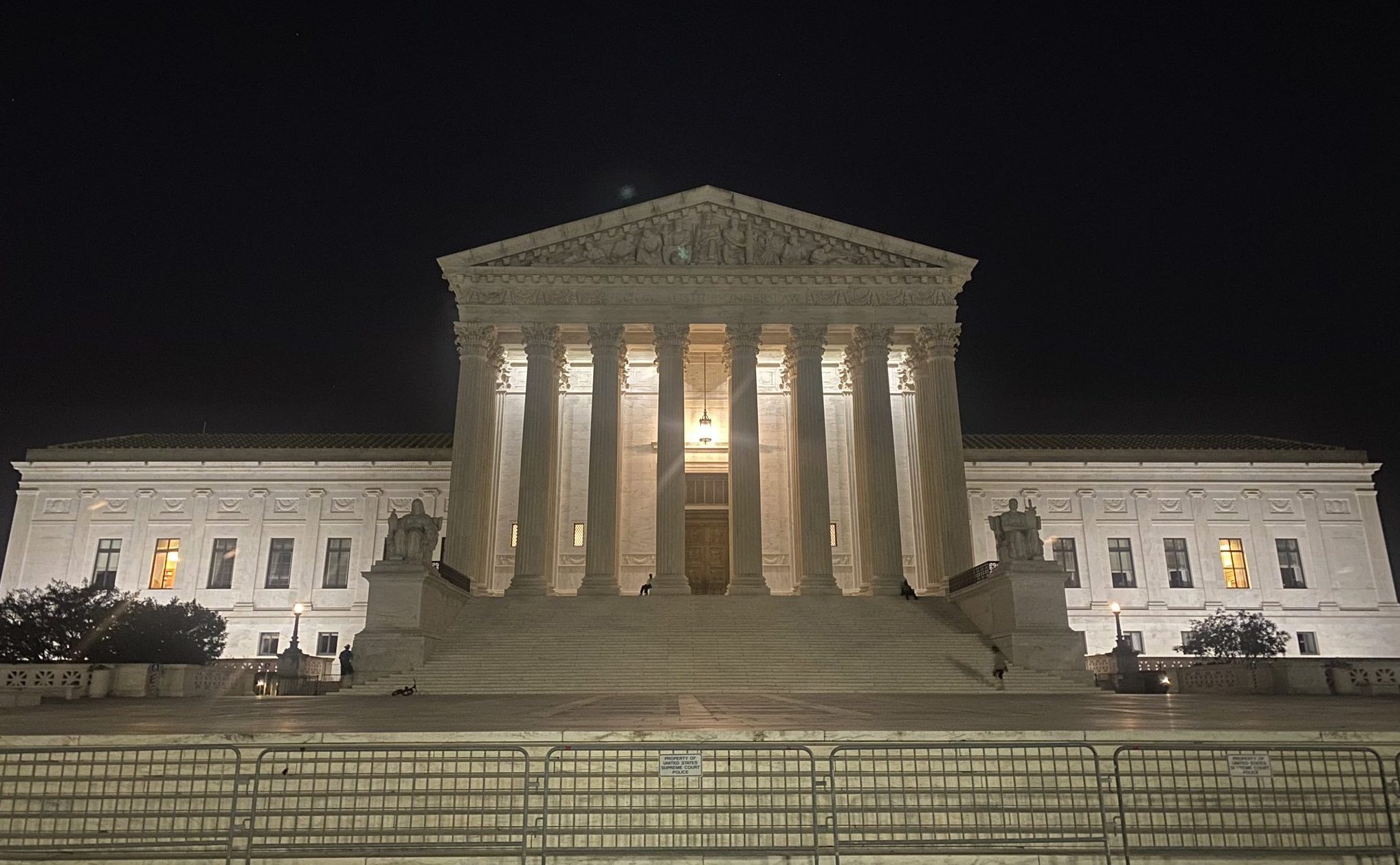Symposium: Shining a light on the shadow docket


This article is the first entry in a symposium on the Supreme Court’s “shadow docket.”
Near the end of two meandering days of questions at last week’s Senate hearings for Amy Coney Barrett, Sen. Richard Blumenthal (D-Conn.) asked a question that probably has never been asked at any other Supreme Court nomination hearing.
“Are you aware of the Supreme Court’s – as it’s called – shadow docket?” he asked.
Barrett, who clerked for Justice Antonin Scalia, said she was. “The shadow docket has become a hot topic in the last couple of years,” she added.
Barrett is right. In fact, in just the last few months, the court has issued emergency rulings on coronavirus policies, immigration restrictions, capital punishment, access to abortion, the U.S. census and procedures for the upcoming election. All of those rulings have been part of the court’s shadow docket.
The court itself would never use that term. Law professor William Baude coined it in 2015 to refer unofficially to the body of orders issued by the Supreme Court outside the formal opinions in the 70 or so cases in which it hears oral argument each term. Some of those orders are peripheral and procedural. But others resolve, at least temporarily, contentious policy disputes or matters of life and death. And this year, the shadow docket is taking on more significance – and getting more attention – than it ever has before.
Concerns about the shadow docket relate primarily to a special system that allows litigants to seek emergency relief from the Supreme Court in the middle of ongoing litigation. Under normal procedures, a case reaches the justices only after full consideration and final decisions by a trial court and an appeals court – a process that usually takes months, if not years. But the shadow docket gives litigants a potential shortcut: When a lower court issues a ruling (even a preliminary ruling that does not decide the full case), the losing side can ask the Supreme Court to order an emergency “stay” of that ruling. A stay, if the justices issue one, freezes the lower court’s ruling, stripping it of force while the litigation proceeds. By preserving the status quo as it existed before the lower court’s ruling, emergency stays can favor litigants who hope to run out the clock.
Traditionally, litigants must satisfy a high legal standard to earn an emergency stay. Among other things, they must show that they would suffer “irreparable harm” if the lower court’s ruling were left in place. That onerous standard is meant to reserve this form of relief for circumstances in which the court’s immediate intervention is needed to prevent extraordinary consequences. Emergency stays, everyone agrees, should not be a way to short-circuit the normal appeals process. But as the number of these requests has grown in recent years (including a flurry of such requests from the Trump administration), Justice Sonia Sotomayor has argued that the court itself has tacitly lowered the bar for litigants to receive emergency stays on the shadow docket.
Emergency stays are not, strictly speaking, rulings on the legal merits of the underlying dispute. That’s evident from the truncated procedures the court uses to decide them. The emergency posture of the requests usually means the justices act very quickly, based on shorter-than-usual written briefs and no oral argument. When the justices rule on the requests, their rulings take the form of short procedural orders that give little, if any, indication of their reasoning. Sometimes they are issued late at night. Often, it is not even clear which justices were in the majority and which justices, if any, were in dissent. In virtually every respect, these shadow-docket decisions look nothing like the lengthy, well-considered opinions that the court spends months preparing in order to resolve the cases on its regular “merits” docket.
But although shadow-docket rulings are temporary and nominally procedural orders, rather than full-fledged legal opinions, they sometimes have the effect of handing one side a decisive substantive victory. That can happen when time is short and it would be effectively impossible for the litigation to proceed all the way to a final judgment on the merits. Take, for instance, the Supreme Court’s Oct. 13 shadow-docket ruling in a dispute over the end date for the census count. Although that ruling was framed as a temporary pause allowing litigation to continue, the effect of the ruling was to allow the government to end the count immediately – a decision that almost certainly cannot be undone given the tight deadlines that govern the census and the enormous practical difficulties that would arise from trying to restart the count now that it has ended.
A similar situation arises in the context of fast-moving election litigation, when the Supreme Court’s “temporary” emergency orders are sometimes the final say on how elections are run. Just this week, the court resolved two such election-related requests, issuing perfunctory orders that will require Pennsylvania to extend the deadline for counting mail-in ballots (a result favored by Democrats) and will allow Alabama officials to reinstate a ban on curbside voting (a result favored by Republicans).
Over the next several days, SCOTUSblog will publish a series of articles by Supreme Court experts on the increasing significance of the shadow docket. Our series will analyze the substantive areas of the law that have come to dominate the shadow docket this year. It will compare the Trump administration’s efforts to seek emergency relief with those of previous administrations. And it will explore the implications of the burgeoning shadow docket on Supreme Court practice and the public perception of the court.
The Supreme Court is not an institution known for its transparency. It is, however, known for careful deliberation. The shadow docket, in spite of its power, sometimes lacks both. The symposium we launch today aims to bring the docket out of the dark.
